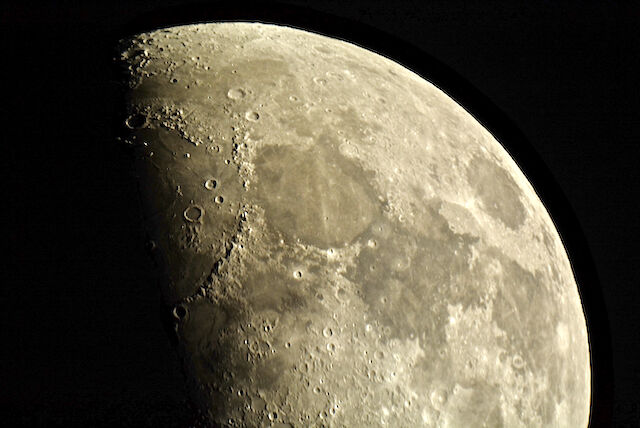Saturday night is the predicted peak for the D.C. region’s view of the Orionid meteor shower. The best time to look for these bits of Comet Halley debris hitting our atmosphere is after midnight, especially in the hours before dawn.
“In 2023, the Orionid meteor shower should rain down its greatest number of meteors on the mornings of Oct. 21 and 22. The morning of Oct. 22 might bring the richest display of meteors,” according to EarthSky.
The Orionids are expected to produce about 10 to 20 meteors an hour. Check out tips on how to view them.
You do not need any equipment or know-how to enjoy the show. Just find a place where you can put a lounge chair or blanket to see the sky. Starting at about 1 a.m. EDT in the East, the constellation for which this meteor shower is named — Orion the Hunter, which hangs low above the horizon — will rise higher as the night progresses. A meteor that is part of the shower can be traced back to Orion, though some sporadic meteors that are not part of the shower can be seen during the night as well.
The shower should improve toward dawn.
Orionids can appear anywhere in the sky but looking straight up gives you the widest viewing area. This is where the lounge chair or blanket come in handy.
If you are a city dweller, you still may see the brightest Orionids as long as you are not staring into a streetlight or nestled in amongst tall buildings. Watching the Orionids is worth it from the suburbs as long as lights and obstructions are minimized as best you can.
Our weather will be a big factor so check the WTOP Weather page. If it’s partly cloudy, you may be able to see some meteors in the sucker holes — breaks in the clouds.
According to NASA, you can still enjoy the Orionids “live” as NASA will “have a livestream of the night sky from NASA’s Marshall Space Flight Center in Huntsville, Alabama, available via Ustream beginning Oct. 21, at 10 p.m. EDT. The live feed is an alternative for stargazers experiencing bad weather or light-polluted night skies. If the weather in Huntsville is clear, Orionids may be seen in the feed as early as 11:30 p.m. EDT, though the hours before dawn should show the most Orionid activity.”

This year, the Moon will be out of the sky for the Orionids. But on the 21st, check out International Observe the Moon Night (InOMN). While waiting to start watching the Orionids, tune in to NASA TV’s live broadcast and “learn about the latest lunar science and hear from observers around the world in this year’s International Observe the Moon Night Broadcast. Tune in at 7 p.m. EDT/23:00 UTC on Oct. 21, 2023.”
A number of InOMN events are being held in the D.C. area on the 21st so check to see if one of them is near you. Weather may be a factor, but the bright Moon is easily visible through breaks in the clouds and even high cirrus clouds so check it out.
Enjoy the shower and Moon with family, friends and your significant other. Some food and beverages are an added plus. Be sure to have extra clothing as it can get cool at night.
Here’s to hopefully clear skies!
Follow my daily blog to keep up with the latest news in astronomy and space exploration. You can email me at skyguyinva@gmail.com.







